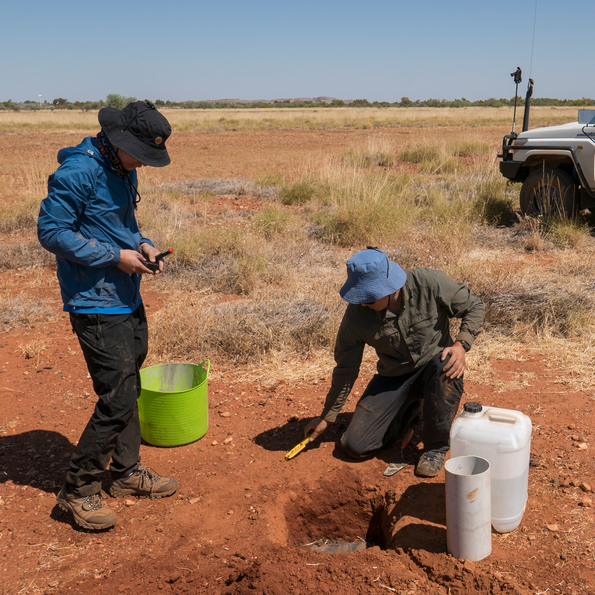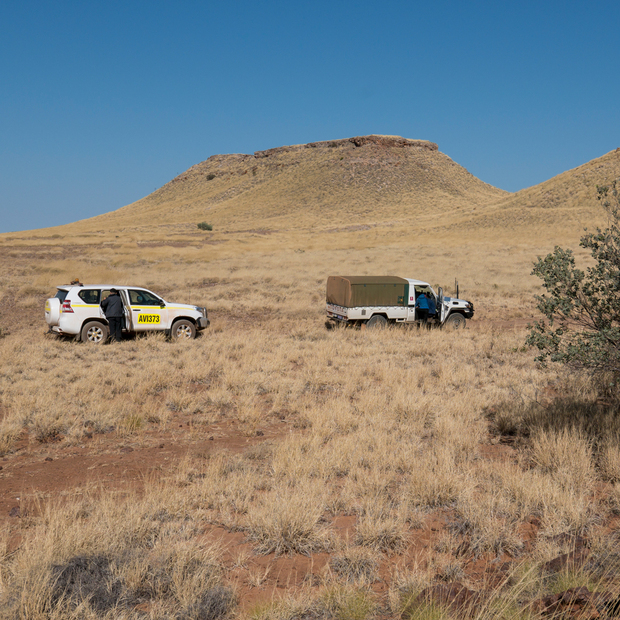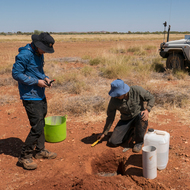Geological Survey of Western Australia is a major partner in new seismic project.
| Date: | Wednesday, 14 August 2019 |
|---|
The South West of Australia experiences some of the highest levels of earthquake activity on the continent. The Geological Survey of Western Australia (GSWA), represented by Dr Klaus Gessner, is a major partner in a new seismic monitoring study in the region.
The Australian Research Council recently announced funding of more than $440,000 for the three-year long project, which will include geophysicists, geologists and natural hazard specialists from the Australian National University (ANU), Macquarie University, Geoscience Australia, the WA Department of Fire and Emergency Services, and GSWA.
The State Government’s Exploration Incentive Scheme, which is managed by the GSWA within the WA Department of Mines, Industry Regulation and Safety, is contributing $240,000 to the project.
Executive Director Geological Survey and Resource Strategy Jeff Haworth said a team of geophysicists, lead by ANU Associate Professor Meghan Miller, will install a network of 25 seismometers to record tremors caused by local and distant earthquakes.
The network is planned to cover an area south of Morawa and north of Bridgetown, extending from the Indian Ocean coast as far east as Hyden.
“The data from this new project in southern WA will be important in determining prospectivity for mineral resources and will also assist in hazard management,” Mr Haworth said.
“The nature of earthquake behaviour in this seismically active region is largely unknown, even after more than 50 years since the devastating magnitude 6.5 earthquake at Meckering.
“The 14 July magnitude 6.6 earthquake near Broome is a reminder that significant seismic activity can and does occur in Western Australia, and this new project will enhance our understanding of these events.”
The project will combine new seismic data with previously collected geophysical datasets to produce 3-D models of the Earth’s crust.
GSWA is also a major partner in an earthquake recording study in the northwest of the state with Dr Huaiyu Yuan from Macquarie University and Professor Liang Zhao from the Institute of Geology and Geophysics at the Chinese Academy of Sciences (IGG-CAS) in Beijing.
More than 40 temporarily installed seismometers are currently recording local and distant Earth vibrations in the Pilbara and the Kimberley regions.
Many of these stations are placed close to the epicentre of the recent earthquake near Broome, which produced the largest release of seismic energy ever recorded in an Australian earthquake.
A related offshore study by Macquarie University and IGG-CAS, undertaken in close collaboration with GSWA, was completed in 2018 using ocean-bottom seismometers submerged across the continental shelf to record seismicity.
More information about GSWA is available at www.dmirs.wa.gov.au



